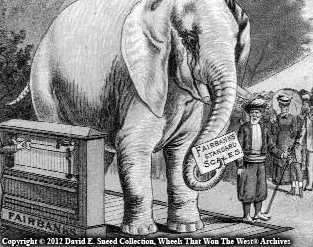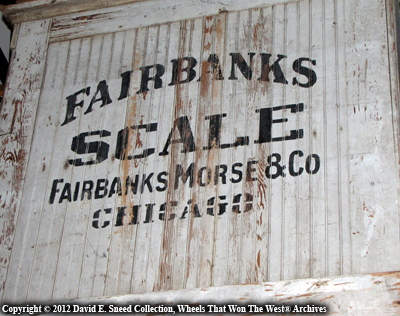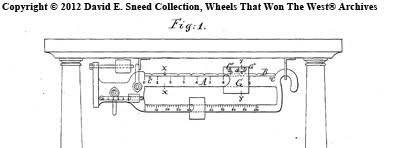
Other than images from century-old advertisements, it's difficult to find these types of scales today. Since many of these wagon scales sat outside, they have typically succumbed to the deteriorating effects of time and weather.

The circa 1880 scale and housing shown here is part of an interpretive presentation within a small portion of the Wheels That Won The West® collection. Incredibly, the scales were found packed inside wooden shipping boxes, still in their original straw and paper wrappings; a rare, unused find that helps reinforce the legendary purpose and legacy of heavier, wood wheeled horse drawn vehicles.
